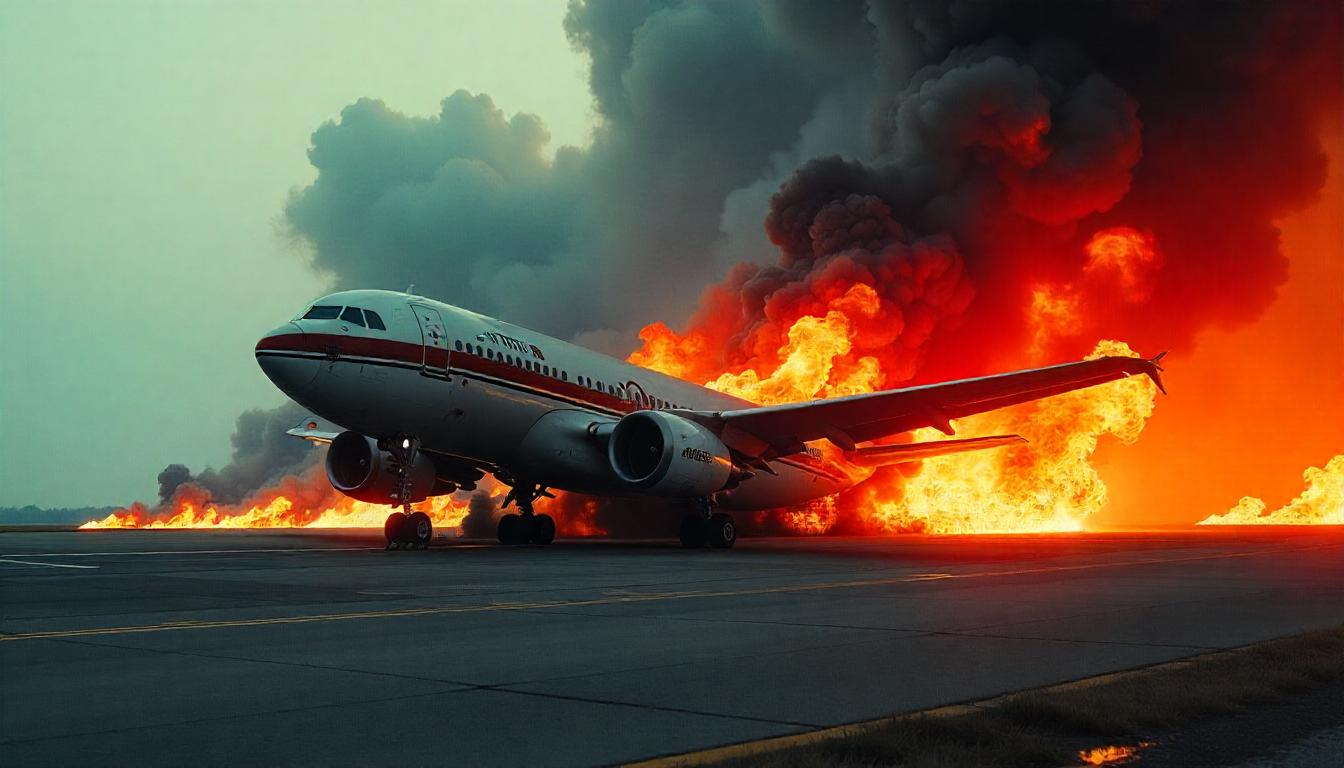Tragic Air India 787 Crash in Ahmedabad Sparks Urgent Safety Checks: What This Means for Global Aviation - Travel And Tour World
Friday, June 13, 2025

that crashed shortly after taking off from The only survivor was a British national of Indian origin. This incident has prompted immediate action by India’s Directorate
In a significant update, the black box from the crash site has been recovered, offering hope that the data within could shed light on the causes behind this catastrophic event. The recovery of the and marks the beginning of a comprehensive investigation into the crash. At the same time, the DGCA has mandated extensive checks on which now includes both the 787-8 and the newer 787-9 variants, to ensure there are no underlying mechanical issues that could threaten future flights.
This is not only a critical moment for Air India but also for the broader aviation industry. The tragic loss of lives has raised questions about safety standards, especially as the incident involved an aircraft from one of the most popular and technically advanced families in modern aviation, the. With heightened scrutiny on aircraft safety, both the airline and aviation regulators face immense pressure to ensure that such a disaster is prevented in the future.
The , which consists of two vital components—the and —was found on the rooftop of a building near the crash site in. This discovery is pivotal as it allows investigators to analyze the sequence of events leading up to the crash. The stores flight data such as speed, altitude, engine performance, and control inputs, while the records conversations in the cockpit, as well as any alarms or sounds during the flight.
Experts have highlighted the importance of black box data in reconstructing the final moments of a flight. According to aviation authorities, analyzing the information from the will be crucial to understanding whether the crash was caused by mechanical failure, human error, or a combination of both. The retrieval of this data, along with the ongoing investigation, will play a critical role in determining the cause of the accident.
The aircraft involved in this tragic event was a , which had taken off from Ahmedabad at approximately en route to . The plane, equipped with manufactured by , was involved in an unanticipated event shortly after departure. A was transmitted from the aircraft, but communication with Air Traffic Control (ATC) was abruptly lost. The aircraft crashed into a building located just beyond the airport’s boundaries, igniting a fireball that was visible from across the city.
This Boeing 787-8, operated by , was piloted by , a senior line training pilot with over 8,200 hours of flying experience. The first officer, , had logged approximately 1,100 hours. The flight was carrying 242 passengers, including 169 Indian nationals, 53 British, 7 Portuguese, and 1 Canadian.
In the aftermath of the crash, the has mandated a series of safety inspections across Air India’s entire fleet of Boeing 787s. This includes both the and variants, which together make up a fleet of 33 aircraft. The focus of these checks is to scrutinize the safety of the , which have been implicated in some previous incidents, though the cause of the Ahmedabad crash remains under investigation.
The DGCA has laid out an extensive list of systems and components to be inspected, including:
Furthermore, the DGCA has ordered:
These inspections are intended to identify any potential issues that could pose a risk to the operational safety of the fleet. Air India has been instructed to document and report these findings to the DGCA for further regulatory review. This response highlights the seriousness with which aviation authorities are addressing the issue, ensuring that safety remains the top priority for all airlines operating modern aircraft.
Following the crash, , the manufacturer of the , activated its emergency response team to support the investigation. A spokesperson from GE confirmed that the company was fully cooperating with Air India and aviation authorities, providing technical assistance as needed. As one of the most trusted names in the aviation industry, GE’s involvement in the investigation will be crucial to determining whether the engines played a role in the accident.
GE has a long-standing reputation for producing reliable engines, but like all complex machinery, occasional faults or malfunctions can occur. The outcome of this investigation will likely influence future policies regarding engine inspections and maintenance, not only for Air India but for other airlines operating similar aircraft.
This tragic event has placed Air India under intense scrutiny, especially given that the aircraft involved was one of the latest additions to its fleet, a Boeing 787-8 Dreamliner. While the exact cause of the crash remains unknown, the incident raises significant questions about the safety measures and maintenance protocols in place for high-tech aircraft. The DGCA’s response—ordering fleet-wide inspections and thorough checks of engine systems—is a necessary step in restoring confidence in Air India’s operations.
For the broader aviation industry, this incident serves as a reminder of the importance of rigorous safety protocols. As airlines continue to adopt increasingly advanced technologies, it becomes ever more critical to ensure that all systems—whether mechanical, electrical, or software-based—are functioning optimally.
As investigations continue, the focus will be on determining whether a mechanical failure, a pilot error, or some other factor contributed to the crash. The black box data will be key to uncovering the precise cause, with the ultimate goal of improving aviation safety worldwide.
In the meantime, Air India has pledged its full cooperation with the investigation and is offering support services to the families of the victims. The loss of 241 lives in a single aviation accident is devastating, and it underscores the importance of maintaining the highest safety standards across the industry.
The recovery of the black box from Air India’s Boeing 787 crash marks the beginning of an extensive investigation that will shed light on the tragic event. As Air India’s fleet undergoes rigorous safety inspections and regulatory reviews, the aviation industry as a whole must remain vigilant in its pursuit of safety excellence. With the DGCA’s fleet-wide inspections, the focus now turns to ensuring that the tragic loss of lives in Ahmedabad serves as a catalyst for broader improvements in aviation safety standards worldwide.
By prioritizing thorough investigations and continuing to refine operational protocols, the hope is that such a tragedy will never be repeated. Air India’s commitment to cooperating with authorities, along with the support of industry experts, will play a crucial role in unraveling the cause of the crash and safeguarding the future of aviation.












